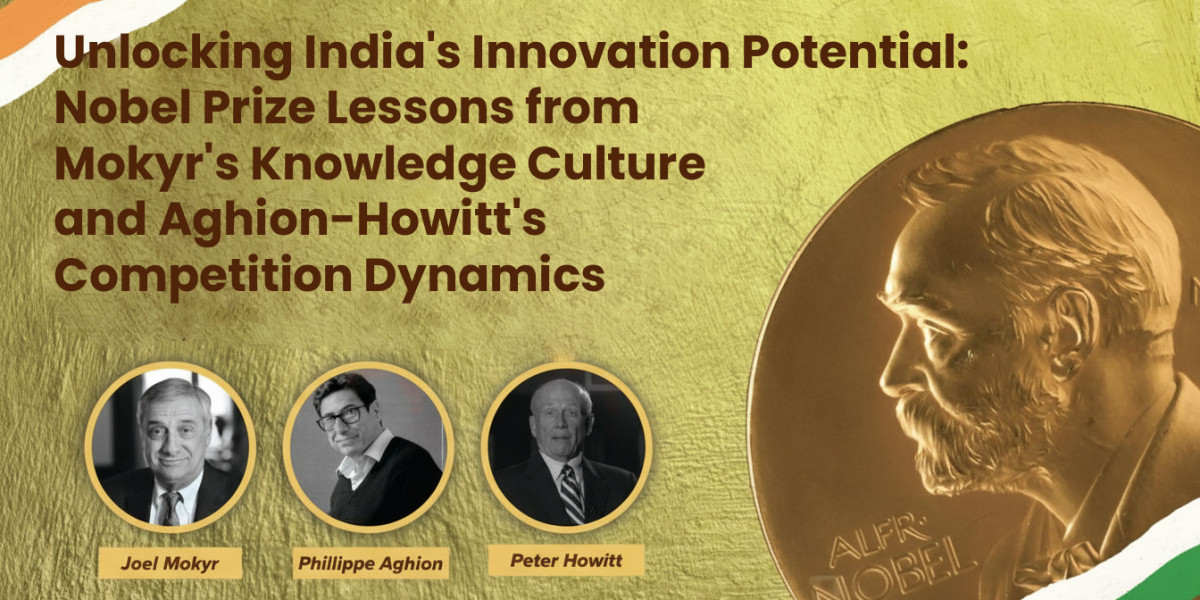Chapter 1: Defining Polyamory
What is Polyamory?
Polyamory is derived from the Greek word "poly," meaning many, and the Latin word "amor," meaning love. It refers to the practice of engaging in multiple romantic and emotional relationships at the same time, with the knowledge and consent of all involved. In Indian society, where arranged marriages and traditional values often dominate, polyamory challenges conventional notions of love and commitment.
Example: Imagine Aarav, who is in a committed relationship with Priya but also has a romantic connection with Neha. All three individuals are aware of each other and have openly discussed their feelings, boundaries, and expectations. This arrangement exemplifies polyamory, as it encompasses multiple loving relationships within the framework of open communication.
Key Principles of Polyamory
- Consent: All parties involved must consent to the relationship structure, which is especially crucial in a society where cultural norms can complicate relationship dynamics.
- Communication: Open and honest communication is essential for navigating emotions, boundaries, and expectations, fostering trust among partners.
- Respect: Each relationship deserves equal respect and attention, ensuring that all partners feel valued and heard.
Chapter 2: Types of Polyamory
Polyamorous relationships can take many forms, and understanding these variations is essential. Here are some common types of polyamory, framed within the Indian context:
1. Hierarchical Polyamory
In hierarchical polyamory, partners have different levels of importance or commitment. There are often primary, secondary, and tertiary partners, with primary partners receiving the most attention and commitment.
Example: Riya is married to Vikram and has a primary relationship with him, but she also has a secondary partner, Sameer. Riya and Vikram prioritize their marriage while allowing Riya to explore her emotional connection with Sameer. This structure provides both stability and the opportunity for additional romantic connections.
2. Non-Hierarchical Polyamory
In non-hierarchical polyamory, all relationships are considered equal. Partners do not prioritize one relationship over another, treating each connection with the same level of importance.
Example: In a triad involving Aditi, Karan, and Meera, all three partners share equal say in decisions and commitments. They openly communicate about their needs, ensuring that no one feels left out. This type of polyamory can be particularly challenging in the Indian context, where societal expectations often emphasize hierarchical structures.
3. Solo Polyamory
Solo polyamory involves individuals who prioritize their autonomy and independence while engaging in multiple relationships. Solo polyamorists often choose not to cohabit or intertwine their lives significantly with their partners.
Example: Rahul values personal freedom and enjoys dating multiple people without seeking a primary partner. He relishes the flexibility of maintaining his own space, career, and interests while forming meaningful connections with others. In a society that often pressures individuals to settle down, solo polyamory allows for a unique exploration of identity and relationships.
Chapter 3: Differences Between Polyamory, Swinging, and Open Relationships
While polyamory, swinging, and open relationships may appear similar on the surface, they embody distinct philosophies and practices. Understanding these differences is crucial for anyone exploring alternative relationship dynamics.
1. Polyamory vs. Swinging
Swinging typically involves couples engaging in sexual encounters with other couples or individuals, often in social settings like swinger parties or clubs. While emotional connections may develop, swinging primarily focuses on sexual experiences rather than deep romantic relationships.
Example: Asha and Rohit are a married couple who enjoy attending swinger parties together. They engage in sexual activities with other couples while maintaining their emotional commitment to each other. Their primary relationship remains intact, as swinging is an extension of their sexual experiences rather than the foundation of emotional intimacy.
2. Polyamory vs. Open Relationships
Open relationships allow partners to have sexual encounters with others but may not necessarily involve romantic connections. In this dynamic, couples may agree to seek sexual partners outside of their relationship without the emotional commitments typical of polyamory.
Example: Neha and Ravi have an open relationship where they can engage in sexual encounters with others. However, they do not pursue romantic feelings for those partners. Their focus remains on maintaining their primary emotional connection while exploring sexual adventures separately.
Chapter 4: Common Challenges in Polyamory
While polyamory can be rewarding, it also comes with unique challenges. Understanding these potential pitfalls can help individuals navigate their relationships more effectively.
1. Jealousy and Insecurity
Jealousy is a natural emotion that can arise in any relationship, but it can be particularly pronounced in polyamorous setups. Partners must learn to communicate their feelings and address insecurities openly.
Example: When Meera started dating Karan, her partner Arjun felt a twinge of jealousy. Instead of suppressing these feelings, Arjun initiated a conversation with Meera about his insecurities, leading to an open dialogue about boundaries and reassurances that strengthened their emotional bond.
2. Time Management
Balancing multiple relationships can be challenging. It requires thoughtful planning and time management to ensure that each partner feels valued and prioritized.
Example: Priya, who is dating two partners, Arvind and Sameer, creates a schedule to ensure she spends quality time with both. By prioritizing her time effectively, Priya ensures that neither partner feels neglected, fostering healthier relationships.
3. Societal Stigma
Polyamory can face societal stigma and misunderstanding, especially in traditional Indian contexts. Partners may encounter judgment from friends, family, or colleagues, which can add stress to their relationships.
Example: When Rhea introduced her polyamorous lifestyle to her family, she faced skepticism and criticism. To address this, she engaged in open discussions about her choices, educating her family about polyamory, ultimately fostering understanding and acceptance.
Chapter 5: Legal Concerns in India and Other Countries
Understanding the legal implications of polyamorous relationships is essential, especially in a country like India, where laws and cultural norms may not fully recognize such arrangements. Here’s an overview of legal considerations for polyamorous relationships in India and some other countries.
1. Legal Status of Polyamory in India
In India, the legal framework is primarily built around monogamous marriages. Here are key points regarding the legal status of polyamory:
Marriage Laws: Indian law recognizes only monogamous marriages. Bigamy is illegal, which complicates the recognition of polyamorous relationships. Even if individuals maintain consensual relationships outside of marriage, legal rights such as inheritance and property division remain unaddressed.
Custody Issues: In the event of separation or the end of a relationship, custody battles may arise. Courts often favor the biological parents, and the presence of multiple partners could complicate custody arrangements.
Inheritance Rights: In India, inheritance laws favor spouses and biological children. Polyamorous arrangements might not be recognized, making it challenging for partners to inherit property or assets from each other without legal documentation.
2. Legal Status in Other Countries
Polyamory is treated differently across the globe. Here are some notable examples:
United States: In some states, while polyamorous relationships are not legally recognized, they can still function without legal penalties as long as all parties consent. However, issues like custody and inheritance are still typically governed by traditional laws. Some activists in states like California advocate for polyamorous family rights.
Canada: Polyamory is increasingly recognized in some provinces. Legal cases have emerged that challenge the traditional definitions of family and marriage. Legal protections for polyamorous families are evolving, albeit slowly.
New Zealand: Polyamorous relationships have more social acceptance, and while not legally recognized, courts may consider the dynamics of polyamorous families in custody cases. Legal frameworks are starting to reflect changing social attitudes toward family structures.
Chapter 6: Building Successful Polyamorous Relationships
To thrive in polyamorous relationships, individuals can adopt practices that enhance communication, trust, and emotional intimacy.
1. Open Communication
Regularly discussing feelings, desires, and boundaries is essential in polyamory. Couples should establish check-ins to ensure everyone feels comfortable expressing their thoughts.
Example: Ananya and Vikram schedule weekly check-ins to discuss their feelings about their polyamorous setup. These meetings allow them to address any concerns and celebrate their successes, fostering a supportive environment.
2. Establishing Boundaries
Setting clear boundaries is crucial for maintaining healthy relationships. Each partner should communicate their needs and limits, ensuring that everyone is on the same page.
Example: After discussing their feelings, Riya and Sameer agree that they will not engage in overnight stays with other partners to prioritize their connection. This boundary helps them feel secure in their relationship while exploring outside connections.
3. Nurturing Emotional Connections
Fostering emotional intimacy is vital in polyamorous relationships. Couples should prioritize quality time together and engage in activities that strengthen their bond.
Example: Ravi schedules regular date nights with each of his partners, ensuring that they feel valued and appreciated. By dedicating time to nurture these connections, he enhances the emotional intimacy in his relationships.
Conclusion
Polyamory presents an opportunity for individuals to explore love and connection beyond traditional boundaries. Understanding its definitions, types, and the unique challenges it poses can empower individuals to build fulfilling and meaningful relationships. As societal attitudes evolve, embracing open communication and consent will be key to navigating this rich tapestry of human connections, allowing people to find love in its many forms while respecting their partners and the society around them.



